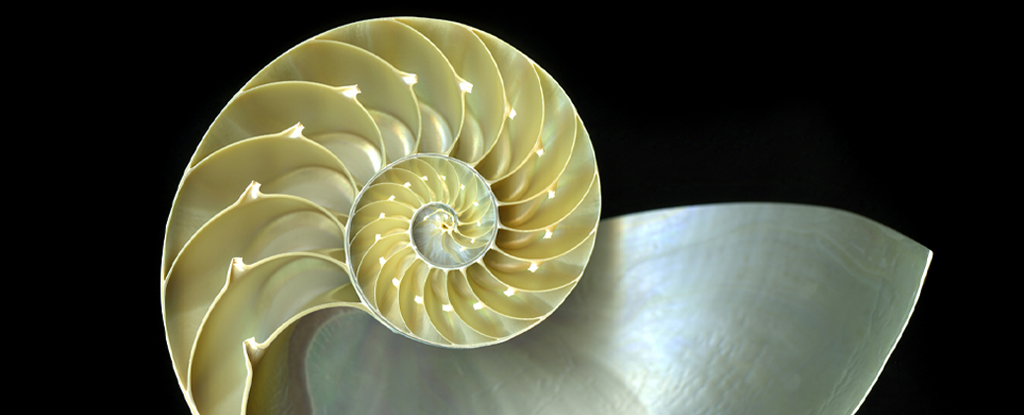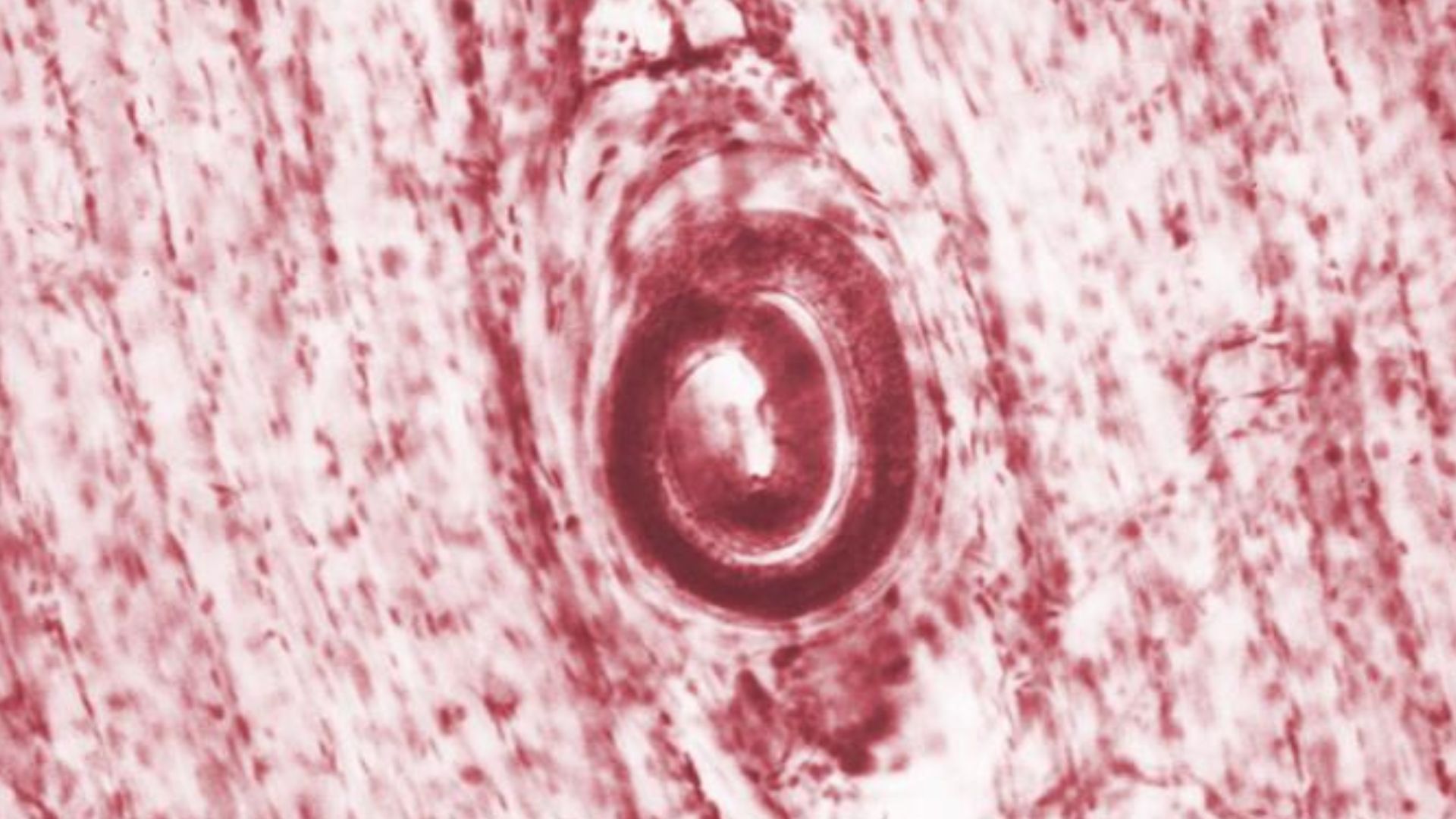Applied Sciences, Vol. 14, Pages 3559: A Complex Meso–Cenozoic History of Far-Field Extension and Compression: Evidence from Fission Track Analysis in the Helanshan Mountain Tectonic Belt, NW China
Applied Sciences doi: 10.3390/app14093559
Authors: Cheng Wu Yu Wang Wanming Yuan Liyun Zhou
The Helanshan Mountain tectonic belt (HTB) is an intraplate deformation belt along the northwestern border of the Ordos Block in the North China Craton. When and why this intracontinental tectonic belt formed, its subsequent uplift and erosion, and the relationships between ranges and adjacent basins remain unclear. To better assess the connections between the temporal and structural activity in HTB, apatite fission-track (AFT) and zircon fission-track (ZFT) analyses were conducted in this study. The lack of adequate FT data from the HTB is a source of contention and dispute. This paper collected samples for AFT and ZFT techniques from the central and southern HTB, trying to improve the research. The ZFT and AFT ages could be divided into the following 7 groups: 279 Ma, 222–213 Ma, 193–169 Ma, 151–147 Ma, 130–109 Ma, 92–77 Ma, and 65–50 Ma. The inverse modeling results of AFT indicate 4 fast cooling episodes of 170–120 Ma, 120–95 Ma, 66–60 Ma, and ~10–8 Ma to the present. Combining the results of FT analysis with radial plot and inverse modeling of AFT, the following eight age groups are believed to reveal the distinct tectonic activities in HTB: the first age group of 279 Ma mainly represented the back-arc extension of the southern HTB; the age group of 222–213 Ma was bounded with NNE-SSE trending contraction between the South China block and North China Craton; the event of 193–169 Ma responded to the post-orogenic collapse followed after the second event; the 151–147 Ma group was interpreted as the eastward extrusion induced by the subduction between Qiangtang and Lhasa blocks; the Early Cretaceous (130–109 Ma) group was not only affected by the rollback of the Pacific Plate, but also denoted the collapse of the thickened lithosphere formed in the Late Jurassic; the Late Cretaceous (92–77 Ma) group was attributed to long-distance impact from the subduction of the Pacific Plate beneath the Eurasian Plate; the event during 65–50 Ma was a correspondence to far-field effect of the onset collision between the Eurasian and Indian Plates; and from 10–8 Ma to the present, the progressive collision of the Indian and Eurasian Plates have a significant impact on the HTB and the northeastern Tibetan Plateau.

 1 month ago
12
1 month ago
12


